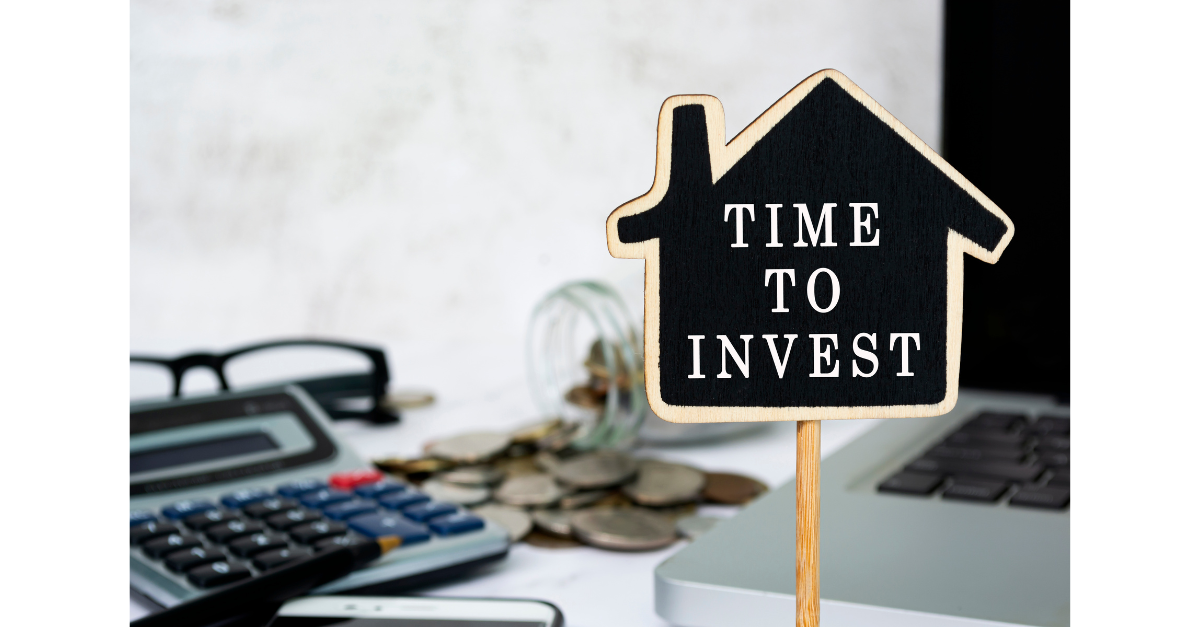Life is full of surprises, some delightful, like an unexpected gift or a spontaneous trip, and others, like a car breakdown or a medical bill, that can be stressful and expensive. These unexpected events can wreak havoc on your finances if you’re unprepared. That’s where an emergency fund steps in. Think of it as your financial safety net, a cushion that absorbs life’s financial shocks without derailing your goals.
What Exactly is an Emergency Fund?
An emergency fund is a dedicated pool of money set aside for unplanned expenses. It’s not for impulse buys or vacations; it’s reserved for true emergencies, such as:
- Car Repairs: Suppose your car suddenly needs an $800 repair. An emergency fund ensures you can cover this without reaching for a credit card.
- Medical Bills: Unexpected trips to the ER or a necessary procedure might leave you with a hefty $1,500 bill. Your emergency fund can save you from financial strain.
- Home Repairs: A leaking roof or a broken water heater demands immediate attention and often comes with a significant cost.
- Job Loss: If you lose your income, your emergency fund can help cover essentials like rent, groceries, and utilities until you’re back on your feet.
The key purpose of an emergency fund is peace of mind. It gives you the financial confidence to tackle unexpected situations without borrowing or jeopardizing other savings.
How Much Should You Save?
The ideal size of an emergency fund depends on your individual circumstances, but a common rule of thumb is to save three to six months’ worth of living expenses. While this may sound intimidating, the key is to start small and build gradually.
Achievable Milestones:
- First Goal: Save $500 to $1,000.
- This amount can cover minor emergencies, such as a flat tire or a quick doctor’s visit.
- Next Goal: One Month’s Expenses.
- Calculate your essential monthly costs, including rent, utilities, groceries, and transportation.
- Ultimate Goal: Three to Six Months of Expenses.
- This provides a robust safety net for more significant challenges like prolonged unemployment.
Small, consistent contributions can make this goal achievable over time.
Where Should You Keep Your Emergency Fund?
Accessibility and security are crucial when deciding where to store your emergency fund. You’ll want an account that allows quick access in emergencies while keeping your funds separate from everyday spending.
Best Options:
- High-Yield Savings Accounts:
- Offers interest on your savings while ensuring easy access.
- Example: Saving $5,000 in an account with a 2% annual yield earns you $100 in interest annually.
- Money Market Accounts:
- These accounts often provide slightly higher interest rates than regular savings accounts while maintaining liquidity.
What to Avoid:
- Stocks or Risky Investments:
- The value of stocks can fluctuate, making them unsuitable for emergency funds.
- Hard-to-Access Accounts:
- Avoid accounts that penalize you for withdrawals or delay access to funds.
Why is an Emergency Fund Important?
An emergency fund offers more than just financial stability; it provides peace of mind and protects your future. Here’s why it’s essential:
1. Reduces Stress
- Knowing you’re prepared for unexpected expenses gives you peace of mind.
2. Prevents Debt
- Avoid taking out high-interest loans or piling up credit card debt during emergencies.
3. Safeguards Savings
- Keeps your retirement or vacation savings intact by not dipping into them for emergencies.
How to Build Your Emergency Fund
Creating an emergency fund doesn’t require drastic lifestyle changes. Here are practical steps to get started:
1. Set a Goal
- Begin with a realistic target, like $500 or $1,000, and increase it over time.
2. Automate Savings
- Schedule automatic transfers to your emergency fund account. Even $25 per week adds up to $1,300 annually.
3. Cut Unnecessary Expenses
- Identify and reduce non-essential spending, like dining out or subscription services.
4. Use Windfalls Wisely
- Allocate tax refunds, bonuses, or cash gifts directly to your fund.
5. Track Your Progress
- Celebrate milestones to stay motivated. Every dollar saved is a step closer to financial security.
Emergency Fund Myths and Misconceptions
Let’s clear up some common myths about emergency funds:
- Myth: You Need to Save it All at Once.
- Truth: Building an emergency fund is a marathon, not a sprint. Start small and stay consistent.
- Myth: Credit Cards Can Replace an Emergency Fund.
- Truth: Credit cards accrue interest, leading to debt. An emergency fund is a debt-free safety net.
- Myth: It’s Only for Big Emergencies.
- Truth: Even small emergencies, like a car repair, can disrupt your finances if you are unprepared.
The Bottom Line
An emergency fund is your financial safety net, providing security and confidence in the face of life’s uncertainties. Whether it’s a minor car repair or a major medical bill, having this fund ensures you can handle it without stress.
Quick Recap:
- Start Small: Aim for $500 to $1,000 as your initial goal.
- Be Consistent: Automate savings and contribute regularly.
- Choose Wisely: Store your funds in an accessible, interest-bearing account.
Start building your emergency fund today. Every dollar you save brings you closer to financial peace of mind. You’ve got this!





